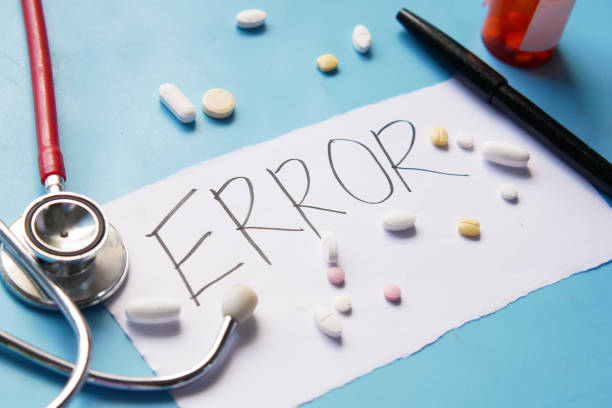We all know mistakes happen. But pharmaceutical mistakes? Well, they simply can’t happen. Period. End of story. Yet, pharmaceutical mistakes do happen. And they can put your pharmacy at grave risk.
Before you can reduce errors, you need to know why they might happen in the first place. Mistakes might be made by manually entering detailed information into the computer. Miscommunication between prescribers, patients, and pharmacy staff happens all too often. Odd as it may sound in the digital age, bad handwriting can come into play. And of course, simple human error and oversights happen, especially during high-pressure, high-stress times.
What can you do?
Use Real-time Drug Interaction Alerts
One of the most useful features of any pharmacy software is the ability to check for drug interactions. These real-time alerts serve as a safety net, raising possible problems before a prescription reaches your patient. Whatever the issue, you can set your software to send you a notification in real time. These alerts are constantly updated with the latest drug information, so you know you’re working with accurate, up-to-date information.
Use Barcode Scanning
Barcode scanning technology can make your prescription verification process faster, more reliable, and much less prone to error. Simply scan the medication and the software verifies it against your patient’s prescription—automatically. No manual data entry. No second-guessing. And much less room for error.
Use E-Prescribing
Electronic prescribing lets physicians send prescriptions directly to your pharmacy through a secure digital system, eliminating the risk of misunderstanding sloppy handwriting, receiving incomplete orders, or many other problems. By streamlining the process, you and your staff can process scripts more quickly and accurately.
Track All Refills and Dosages
This one is tricky, especially if patients aren’t sticking to their medication schedules. But certain pharmacy software systems provide tools to make it easier to track adherence, making sure your patients get the right dosage at the right time. This can also help with patient compliance, which means better outcomes for your patients.
Pay Attention to High-Risk Meds
Set up alerts when dealing with certain medications like opioids, insulin, or anticoagulants. By setting up custom alerts for high-risk drugs like these, your team will receive automatic notifications whenever such a medication is dispensed or prescribed. You can set alerts to flag medications, dosages, or interactions. Your system may even require additional steps, such as requiring a second staff member to double-check the prescription.
There will always be the possibility of human error, but following common-sense protocols will help reduce their occurrence.
A Member-Owned Company Serving Independent Pharmacies
PBA Health is dedicated to helping independent pharmacies reach their full potential on the buy-side of their business. Founded and run by pharmacists, PBA Health serves independent pharmacies with group purchasing services, wholesaler contract negotiations, proprietary purchasing tools, and more.
An HDA member, PBA Health operates its own NABP-accredited warehouse with more than 6,000 SKUs, including brands, generics, narcotics CII-CV, cold-storage products, and over-the-counter (OTC) products — offering the lowest prices in the secondary market.












